You need batteries to keep your electronic devices running. They are a common source of power. However, the moment you go to the store, somehow you might find yourself panicking between choices.
Honestly, do you ever feel overwhelmed in the battery section as there are so many types? You don’t know what kind of battery you need, and you can’t remember what your dad said between double-A vs triple-A battery because they sound so similar?
Difference Between AA And AAA
Brief Comparison
If you want to know more about the distinction between these two power banks, continue reading below. But in case you’re in a hurry, here’s a summary of the comparison:
- Battery size: a triple-A is smaller than a double-A.
- Matter amount: a double-A carries a bigger amount than a triple-A does.
- Charge amount: an AA battery also carries a bigger amount.
- Suitable equipment: AA batteries are often used for devices that consume more electricity than AAA batteries, which are often used for low-power or small devices.
Size
The designations of both these batteries are meant to indicate the charging potential of the two batteries, and the most obvious difference can be seen right between them – the size. One will be larger than the other.The question is, which battery is smaller AA or AAA? The larger size of 14,5 x 50,5 mm is the AA battery.
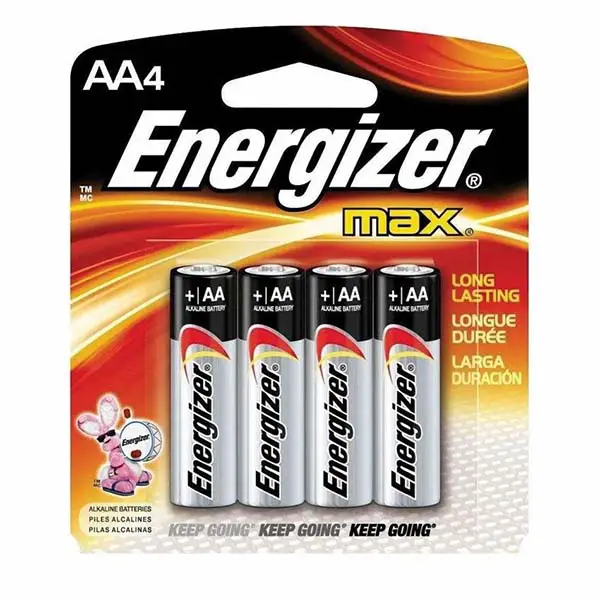
There are cases when you buy a battery to replace your device, but the battery does not fit in the slot. That could be because you found the wrong type of battery your device needs, as most slots are fixed to a size that fits the correct type of battery.
However, there are exceptions in devices that use adapters, which allow you to fit AAA batteries (10,5 x 44,5 mm) into the slot meant to be for AA ones. But most of the time, you won’t be able to do the opposite: fit AA batteries into the AAA battery slot.
Amount Of Voltage
These two types of batteries are just single cells. Therefore, the typical voltage capacity between the two batteries is the same.
Then, why is there a difference in size if the voltage these batteries carry is the same? The larger AA batteries mean that this type of battery will carry more electrochemical matter containing more charge.
Otherwise, it can be understood that even though the voltage is the same, the larger size means AA batteries will power the same device for a longer time than AAA batteries. The condition is that these portable devices can accept both common types of batteries.
However, this is not always true. Currently, there are AAA batteries manufactured with a high level of energy capacity. If these are compared with standard AA batteries, their capacity can be greater.
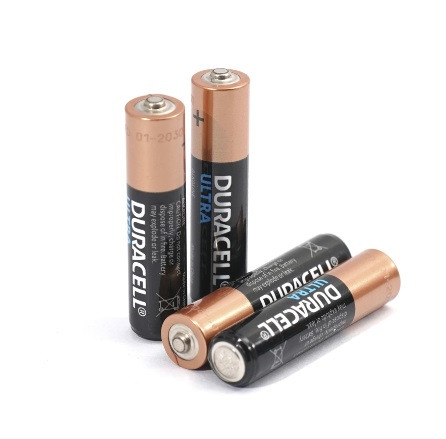
Uses
The two types of batteries do not differ much in terms of usage. There is also no set rule on when to use which type of battery.
It is possible to determine what type of battery to use by noting the device’s power consumption.
Most noticeable is that AA batteries are often used for larger devices and require more power. Examples include battery-powered toys or wall clocks. Many devices also require up to 2 AA batteries simultaneously to increase the operating time or voltage.
Remotes or mobile devices are good examples of using AAA batteries. They don’t need to change batteries too often. AAA batteries are suitable for smaller devices that do not require too much power.
Recharge
Some AAA and AA batteries are rechargeable. Also, because of their size, you must ensure you have the right charger for the battery type.
However, you do not need to waste money buying two types of chargers if you need to charge both types of batteries.
Chargers are now available for both AA and AAA batteries. Based on their similarity in electrical characteristics, one only needs to push the battery into the correct charging position thanks to the spring without any further processing.
AA Vs AAA Batteries Chemistries Comparison
Comparing the specifications between the two batteries will make the difference even more obvious.
Zinc Carbon
Regarding the Zinc-Carbon type, both AA and AAA batteries have a voltage of 1.5V and are not rechargeable.
The typical capacity of AA batteries is 600-1600 mAh, while that of AAA batteries is only 500-600 mAh. It also depends on external factors such as temperature, discharge current, and the age of the battery.
This battery has a short storage life and cannot produce more current. If you try to do that, the battery will lose its capacity. It will leak, but the good thing is that it has an affordable cost and is often used in toys or cheap items.
Alkaline
Alkaline batteries are gradually replacing Zinc Carbon because of their popularity in almost all markets.
Similar to Zinc Carbon, they are non-rechargeable and are also 1.5V. For AAA batteries, the capacity is 850-1200 mAh, and for AA batteries, it is 1800-2700 mAh.
Li-FeS2
Also known as Lithium Iron Disulfide. This lithium battery has a shelf life of up to 20 years. The voltage of this type of battery for both double and triple-A batteries while being discharged is 1.5V, but the OCV (aka open circuit voltage) can be up to 1.8V.
The capacity of Li-FeS2 AA and AAA batteries is 2700-3300 mAh and 1100-1300 mAh, respectively.
This type of battery is used in devices that consume a lot of electricity and are intermittent; after a long period of up to several years, the battery must still work well.
Li-Ion
Using lithium-ion chemistries, Li-Ion batteries are rechargeable, either double or triple-A. The voltage of this battery is not fixed, with the lowest being 3.2V and the highest being 3.7V.
Because of this voltage, Li-Ion batteries are not a suitable alternative to double and triple-A batteries with a voltage of 1.5V.
With AA batteries, the battery capacity ranges from 600-2000+ mAh, while the capacity of AAA batteries is 350-600 mAh.
However, now there are devices that not only allow the use of non-rechargeable batteries with voltages of 1.5V and 3V. It also allows the device to be compatible with rechargeable lithium-ion batteries with an actual voltage of 3.2-3.7V.
This is because 2A and 3A lithium-ion batteries, when compared to non-rechargeable batteries, offer more advantages. Good examples of such devices are cameras or LED lights.
But notice that only when these are allowed and indicated by the manufacturer can you replace Li-Ion and others 3.0-3.7V batteries for 1.5V batteries.
Otherwise, you will cause damage to equipment using only 1.5V batteries due to voltage differences.
Lithium
Voltage: 1.5V; 2A battery capacity: 1000-2000+ mAh; 3A battery capacity: 400-600 mAh.
This type of battery can be easily recharged using the USB charging plug.
Lithium 2A and 3A are backward compatible with 2A and 3A 1.5V batteries. This is because some battery manufacturers come with a device that converts the battery’s inherent high voltage down to 1.5V.
NiCd
The voltage of the NiCd battery is 1.2V. The capacity for 2A batteries is 600-1000 mAh and is 300-500 mAh for 3A batteries.
While this is one of the oldest rechargeable batteries, it is slowly being phased out by NiMH batteries. That’s because the charge/discharge cycles they support are relatively small and contain toxic heavy metals.
The good thing is that they are cheap and can provide strong currents.
NiMH
This type of battery is gradually replacing the NiCd, as mentioned earlier type, thanks to the battery’s low self-discharge ability.
Like NiCd batteries, NiMH has a voltage of 1.2V. 600-1300 mAh and 700-2800 mAh are the capacities of 2A and 3A NiMH batteries, respectively.
The battery overcomes the disadvantages of NiCd batteries because it does not contain heavy and toxic metals such as lead, mercury, and cadmium.
It is environmentally friendly, and the current it provides is strong. Self-discharge has a low rate and a high number of charge/discharge cycles.
Some types can support many charge-discharge cycles up to 2000. The condition is peak current should not be discharged with and use a suitable charger.
Li-SOCl2
Li-SOCl2 batteries have an OCV of about 3.65V with a voltage rating of 3.5-3.6. 2400-2700 and 600-800 mAh are the capacities of 2A and 3A batteries, respectively. It is another type of non-rechargeable battery.
Note that Li-SOCl2 is not a substitute for devices using 1.5V AA batteries because these 2A and 3A types are not directly compatible.
In return, this type of battery has a long shelf life and high energy density if used on equipment that accepts voltages of 1.5V and 3.0-3.7V.
NiOOH
NiOOH has an OCV of 1.7V and a voltage during use of 1.5V. Typically cameras or photography-related equipment are places where you can find these batteries.
It has an AA battery capacity of 1000-1200 mAh and an AAA capacity of 2200-2700 mAh.
NiZn
Finally, a rechargeable NiZn battery with a voltage of about 1.6V. Capacity with 2A and 3A batteries is 1500-1800 and 500-700 mAh. This option may be compatible with 1.5V batteries but may still cause damage to some unsuitable power devices.
In addition, the battery discharge characteristics are good, along with a low self-discharge rate.
See more: 18650 Battery Vs AA
Conclusion
Now you can tell the difference between AA vs AA battery. Be careful to choose the right type of battery for your device if the device is picky, or you will damage part or worse, the whole device.

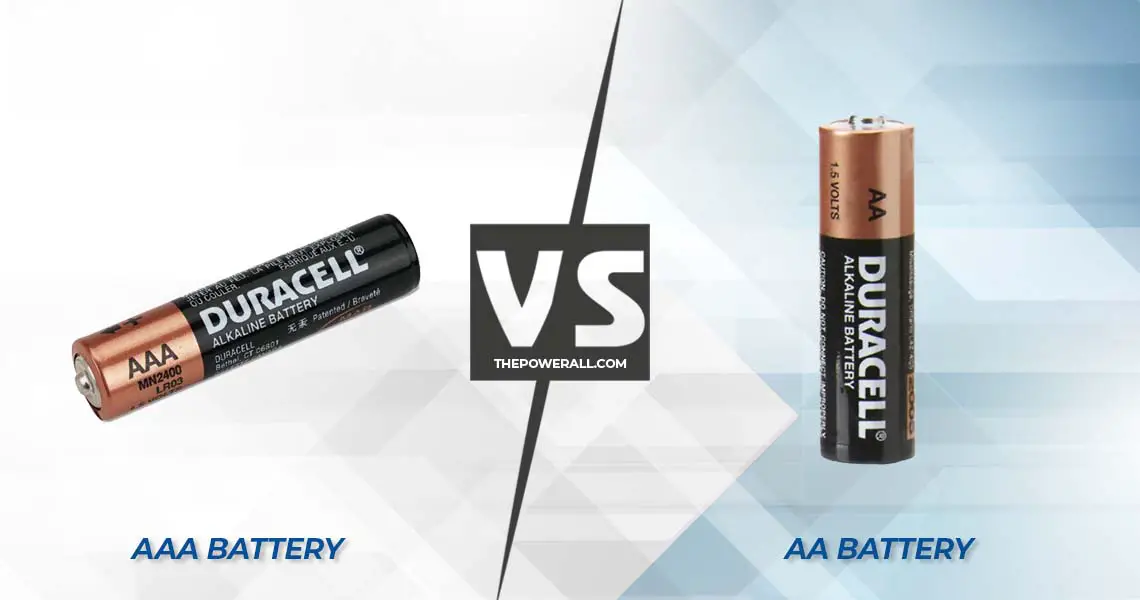

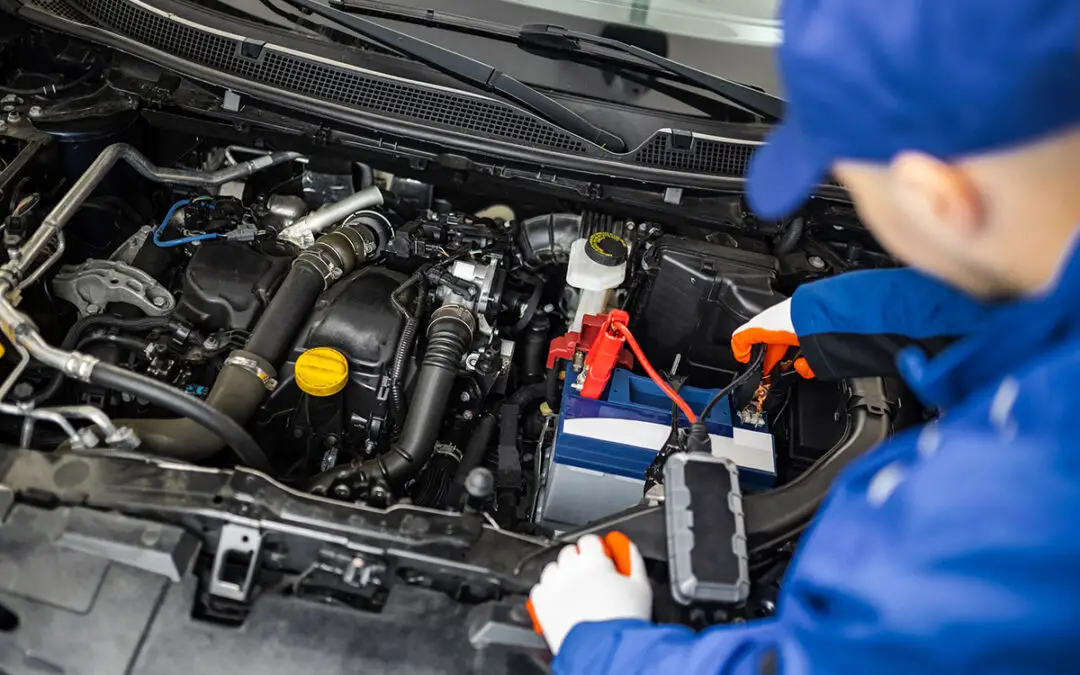
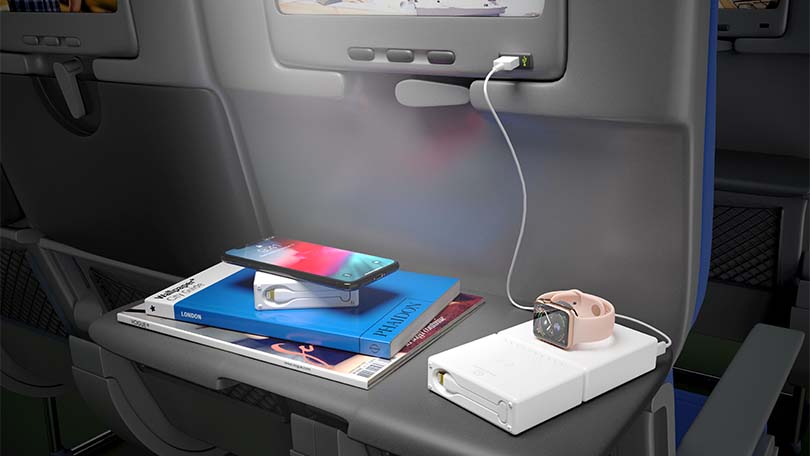
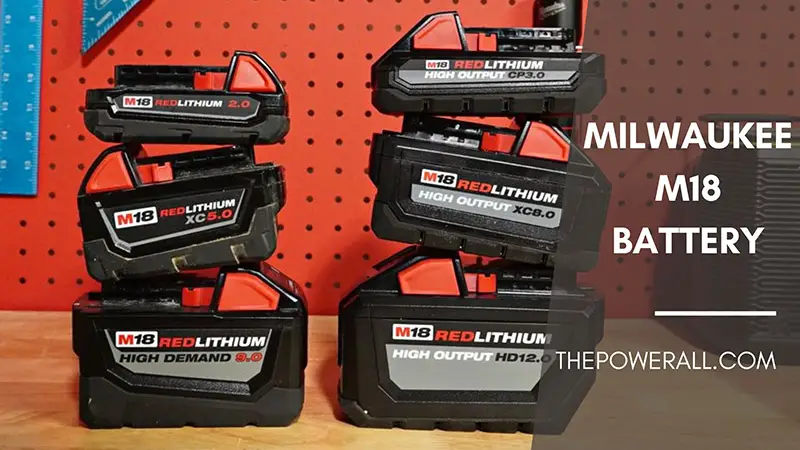



0 Comments